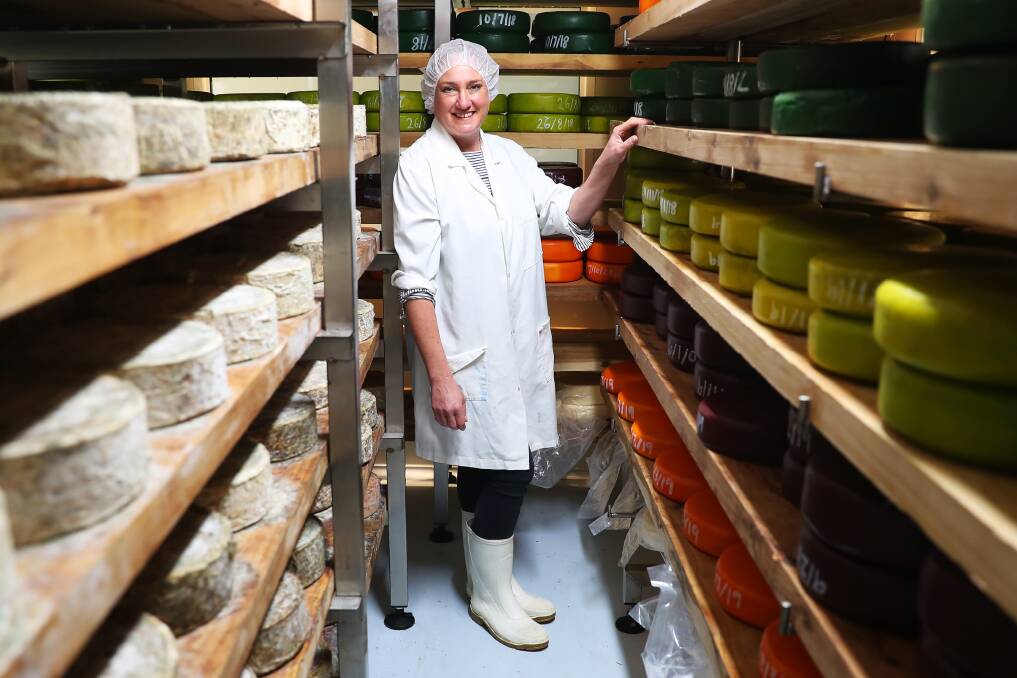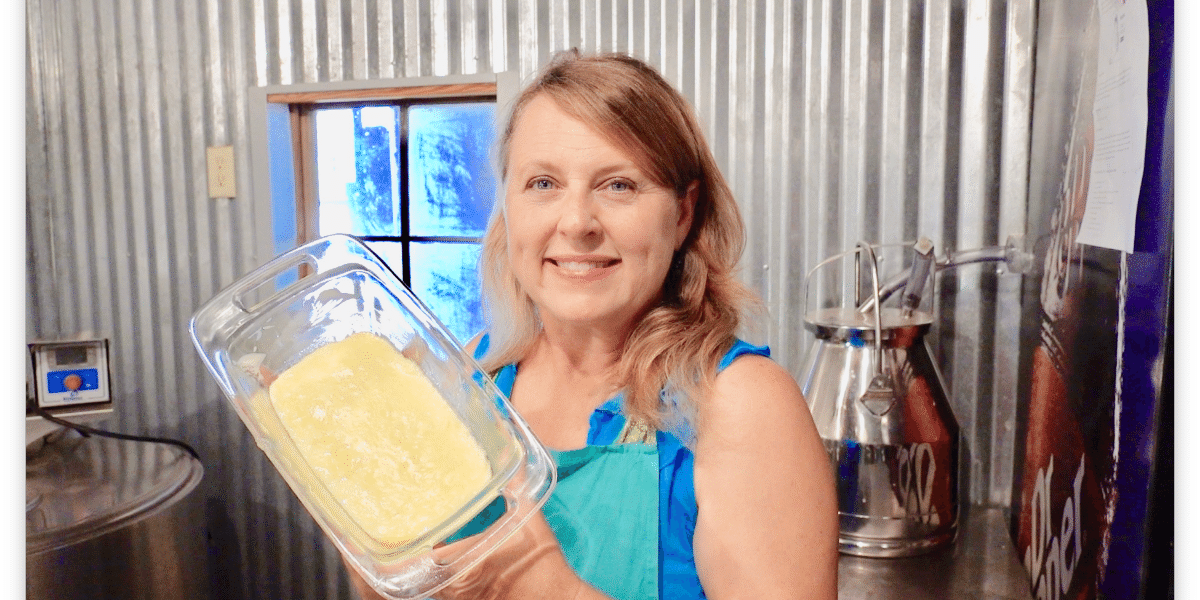Discovering Melbourne Made Cheese: Why Floridia Cheese Is a Must-Try
Wiki Article
Opening the Tricks of Artisanal Cheese Making: A Step-by-Step DIY Guide
In the realm of cooking workmanship, artisanal cheese making stands as a testament to the delicate balance between tradition and advancement. As we embark on this trip to debunk the art of developing beautiful cheeses, we are encountered with a tapestry of secrets and skills waiting to be untangled.Selecting the Right Milk
When starting the journey of artisanal cheese making, the selection of milk plays a vital role in determining the high quality and features of the final item. The type of milk picked influences the taste, texture, and overall account of celebrity. Raw milk, right from the pet, is favored by many artisanal cheesemakers due to its distinct blend of enzymes, microorganisms, and taste substances. Using raw milk comes with dangers and policies, making pasteurized milk a much safer choice for newbies.Additionally, the source of the milk, whether from cows, goats, sheep, or buffalo, adds distinctive flavors and qualities to the cheese. Each type of milk brings its very own subtleties, permitting for a broad range of cheese selections to be crafted based on the chosen milk.
Culturing and Coagulating
To start the cheese-making process, the important actions of culturing and coagulating have to be very carefully implemented to transform milk into curds and whey. Culturing entails introducing helpful microorganisms to the milk, which after that starts the fermentation process. These germs transform lactose (milk sugar) into lactic acid, developing the acidic setting essential for coagulation. The kind of culture made use of can substantially influence the flavor, structure, and ripening of the last cheese product.

The timing and temperature control during culturing and coagulation are vital variables that affect the last end result of the cheese. Correct implementation of these steps is vital to ensure the desired appearance, taste, and uniformity of the artisanal cheese being created.
Draining Pipes and Pressing Curds
After the milk proteins have coagulated and the curds have been cut to launch whey, the following critical action in artisanal cheese making involves draining pipes and pushing the curds to achieve the wanted structure and uniformity of the last cheese product. Draining pipes is the process of dividing the curds from the whey. This can be done by transferring the curds into a cheesecloth-lined bowl-shaped sieve or mold and mildew and permitting the whey to drain off naturally. The moment for draining pipes can vary depending upon the sort of cheese being made and the desired moisture web content.As soon as the curds have you can try these out completely drained, the next action is pressing. Pressing aids remove any type of remaining whey and compacts the curds to develop a solid cheese wheel. Pressing can be done making use of specialized cheese presses that apply regular and gentle pressure over a duration of time. The duration and stress applied during pushing will influence the last appearance of celebrity, from velvety and soft to tough and company. Proper pushing and draining are critical steps that dramatically affect the high quality and qualities of the artisanal cheese being generated.
Aging and Flavoring Techniques
Executing precise aging and flavoring techniques is pivotal in enhancing the deepness and intricacy of artisanal cheeses, elevating their taste accounts to elegant degrees of refinement and refinement. Aging plays an important function in developing the distinct tastes and structures that identify artisanal cheeses.Flavoring methods likewise contribute substantially to the last preference of artisanal cheeses. Cheesemakers may select to introduce additional flavors by integrating active ingredients get more such as herbs, seasonings, and even fruits right into the cheese during the production process. Furthermore, some cheeses are washed or rubbed with different liquids, such as salt water or alcohol, to boost their structures and tastes.
Wrapping and Keeping Cheeses

Conclusion
In final thought, grasping useful reference the art of artisanal cheese making involves thoroughly picking the ideal milk, following precise culturing and coagulating procedures, draining pipes and pushing curds effectively, and making use of various aging and flavor methods. Bear in mind to wrap and keep your cheeses effectively to make certain ideal taste and structure development.Each type of milk brings its very own nuances, enabling for a vast variety of cheese ranges to be crafted based on the chosen milk.After the milk healthy proteins have actually coagulated and the curds have been reduced to launch whey, the following vital action in artisanal cheese making entails draining and pushing the curds to accomplish the wanted appearance and consistency of the last cheese product. The majority of cheeses must be wrapped in wax paper or cheese paper to enable them to breathe while protecting them from drying out. For cheeses that need to proceed aging, such as bloomy peels or cleaned peels, guarantee they are stored in a trendy setting like a cheese cave or a fridge set to the ideal temperature level. By paying attention to the wrapping and storage space of artisanal cheeses, cheese makers and lovers can maintain the stability of these delicacies and totally enjoy their intricate flavors.
Report this wiki page